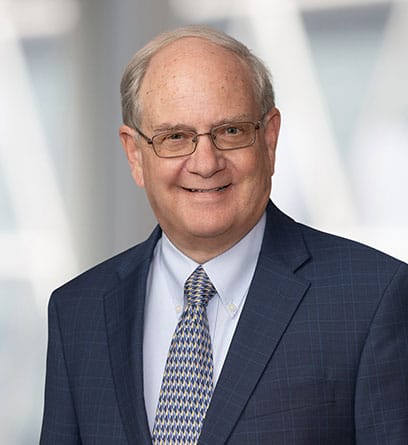Our forms are antiquated and difficult to use. Our definition of “publication” is important but hard to understand and apply. Our process for enforcing rights is tedious, costly, and time consuming.
Those are key takeaways from a report by the Copyright Office to Congress about visual works copyrights. And that’s not all of the bad news. In addition to deficiencies in its own processes, the Copyright Office reported the hardly surprising conclusion that people on the Internet often misuse copyrighted works and mislead users about copyright.
The only pretty part of this picture is the Copyright Office vowed to make some changes itself, and it promised to once again prod Congress to streamline copyright enforcement.
The report, titled “Copyright and Visual Works: The Legal Landscape of Opportunities and Challenges,” concerns a recent “holistic analysis of the copyright landscape in which visual artists must work.” Based on comments from industry and the public, the Copyright Office identified three major challenges for visual artist copyrights: the registration process, licensing, and enforcement.
The current registration process is frustrating to many visual artists, the report concluded, because the office’s online registration form is antiquated, doesn’t work well with software used by photographers and graphic artists, and limits the number of works that can be registered at one time. The office vowed new modernized software and new procedures are coming.
One of the big registration problems for visual artists is determining whether a work is “published” or not, since that determination affects rights and deadlines. On this point, the Copyright Office admitted its own rules are hard to interpret, and courts sometimes rule inconsistently. On this point, the office hopes to be able “to provide more certainty” in the future.
On the licensing front, the office found many obstacles to visual artists ranging from the stripping of identifying information from digital files to antiquated procedures in the office which do not link registrations to ownership assignments (which the office hopes to correct with its digitization project).
Finally, visual artists face extensive infringement, together with costs and other barriers to enforcement. The office pointed out that infringement on the Internet is legion, aided by intermediaries who mistakenly think it is okay to make unauthorized postings so long as they also post disclaimers about copyright knowledge or status. And, of course, there’s a false but “increasingly prevalent perception that visual works are and should be freely available.” To these problems, however, the office offered only redoubled efforts to educate the public.
As to the high cost of enforcement, the Copyright Office pointed to its past reports encouraging creation of a cost-effective small claims process. Congress took steps toward creating such a tribunal several times in the past, and the office noted that it “continues to strongly support the idea of a small copyright claims tribunal, located within the Office, to help allay the significant costs and time required for federal court litigation.”
Mark Sableman is a partner in Thompson Coburn’s Intellectual Property group.

